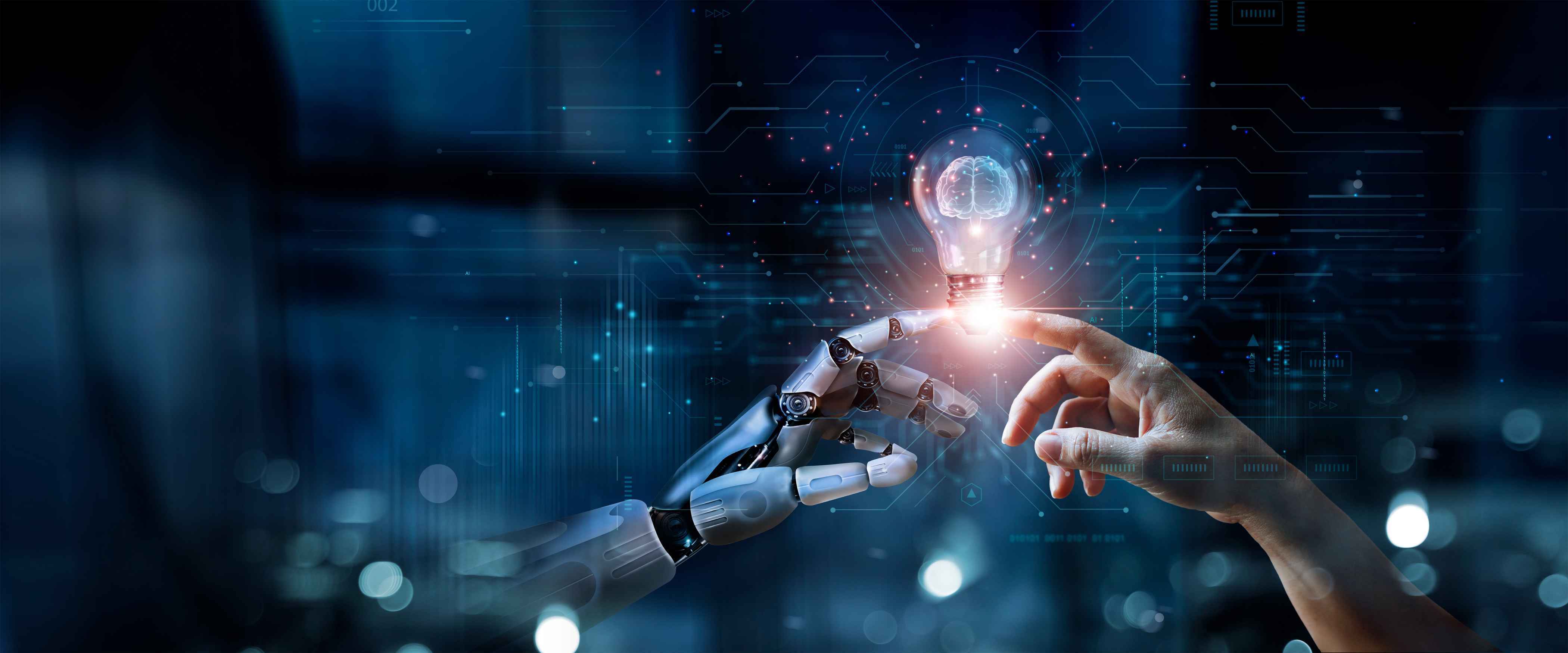Mules and new mown hay… How AI uncouples productivity from keystrokes
Some distinctly low-tech, downright weird machines emerged from the white heat of the first industrial revolution, and, curiously, quite a few of them were named after mules or donkeys: there was the Spinning Mule, the frankly disturbing Self-Acting Mule, and, of course, the Spinning Jenny (think about it). But those were more innocent times…it was an age when some fellow could stride purposefully out of Barnsley, make a fortune from a modified steam engine, and then name it after his favourite barnyard beast. There’s something endearing about it, too, because even though these machines transformed the world beyond measure, they somehow managed to remain rooted in a rural idyll, redolent with the smell of new-mown hay and the sound of donkeys munching carrots.
That’s how transformative change happens: one foot planted in an idealised past, while the other struggles to gain some sort of toehold on an uncertain future. The chap who invented the Self-Acting Mule (Richard Roberts) made it sound as cute as an advert for a donkey sanctuary, but the reality was far more gruesome. This particular Mule was up to 150 feet long, often carried as many as 1,320 cotton spindles, and was “self-acting” because the entire leviathan of a machine lunged five feet forward and five back, four times every minute, twenty-four hours a day: routinely gripping in its maw one or both of the two small boys whose job it was to crawl underneath it and keep the mechanism free of lint. So much for the smell of hay and the sound of crunching carrots…
Now, I hear you ask, why’s he banging on about donkeys, mules, and the smell of new-mown hay? Surely this a Newswire about Emerging Technologies…well, it is…read on.
An Urban Idyll
We no longer hanker after the sort of idyll that seems to have inspired Richard Roberts, and it’s hard to imagine Apple producing an i-Mule any time soon: you’ll also be waiting a very long time for the Samsung Donkey to turn up. But we’re currently witnessing the perverse spectacle of a damp-eyed hankering after some sort of dreamed-up urban idyll, where groups of workers marched happily off to work, singing cheery songs and longing only for the working day to be longer. I’m not making that up…media platforms these days are littered with semi-hysterical warnings that AI is about to destroy these “perfect” jobs. And naturally, once the jobs are under threat, they become idealised, so that’s when the damp-eyed hankering starts.
Mindless Drudgery
That’s why it’s so important to look facts in the face.
AI will undoubtedly endanger a significant number of “traditional” jobs, but virtually all of these jobs are little more than an exercise in mindless drudgery. Who wants to sit at a computer screen for ten hours a day, entering line after line of homogenous data, when AI can do the job in a heartbeat? And who wants to sit in a warehouse making call after call, to the same old script, telemarketing double glazing, when AI can already understand and respond autonomously to speech and text and do the job just as well? These are not, on any basis, cheery jobs or gainful lines of employment, and standing up for their preservation in the teeth of technological change is as wooden-headed as longing for little boys to be put back under a Self-Acting Mule.
You can’t bring back the past by ignoring the future…
And bear in mind, too, that although Goldman Sachs may have concluded, as they have done (https://www.goldmansachs.com/intelligence), that AI is likely to automate two-thirds of existing jobs within the next ten years, they also found that technological change routinely creates more jobs than it destroys: it did exactly that during the first industrial revolution, and the technological revolution we’re living through at the moment is set to increase global GDP by as much as 7% by the end of the decade (Goldman Sachs again). We’re hardly going to achieve that without the transformative potential of AI.
Anyway, when it comes to the crunch (carrot or otherwise), shouldn’t we encourage those currently consigned to mindless drudgery to acquire more creative, more socially valuable uses for their time? We can achieve that by finally uncoupling productivity from the tyranny of keystrokes, and that’s something AI does rather well, too.
Executive Overview
AI isn’t so much of a threat as a challenge, and we can’t fully embrace that challenge by clinging to the past.
Invest in Red Ribbon Asset Management

Red Ribbon Asset Management (www.redribbon.co) aims to harness the full potential of fast evolving and emerging technologies to meet the needs of global communities as part of a circular economy, fully recognising the compelling demands of planet people and profit.








Leave a Reply